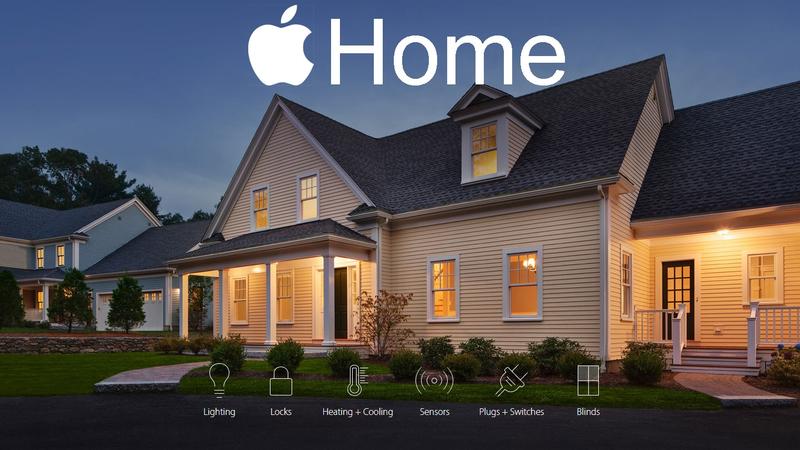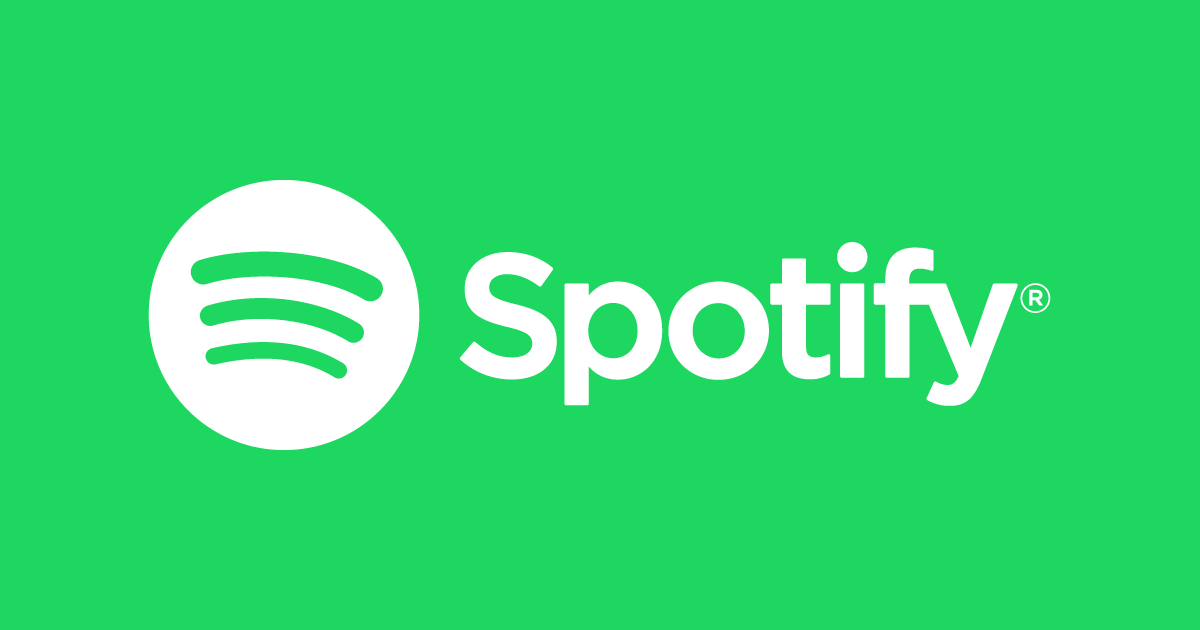With the introduction of iOS 10 Apple added the new Home future to its mobile devices. The new application lets you control devices which are connected to the internet around your home. Over 50 brands already provide home accessories that are compatible with this Home application. Ever more new and classic home devices get internet access, such as your sound system, your thermostat and your lighting. The internet access on these devices lets you control them from a distance and lets you save your favourite personal settings for them. With this application Apple now offers one environment in which you can control all of them.
Benefits on multiple sides of the iOS platform are created by this new application. First of all, it creates a lock-in effect for Apple’s platform. Once customers get used to controlling their home accessories through Apple’s platform, it will be harder for them to switch to another platform. It also creates a lot of data collected from the application, which can be used to create a broader understanding about their own customers, but also to be sold to third parties. For customers it creates a greater ease of use in controlling their home environment. For the brands already producing products that are compatible with Home it offers a unique selling point for their products and creates an additional lock-in effect as well. Also deals could be made with leading furniture and home applications producers for an effective cooperation and integration with Apple, bringing all kinds of cross-side network effects to its platforms for businesses and consumers.
Apple bringing this innovation to their platform shows that they are one step ahead of the competition. The internet of things is still an upcoming trend and Apple shows that they are prepared to take charge over the internet of things in and around people’s homes.



